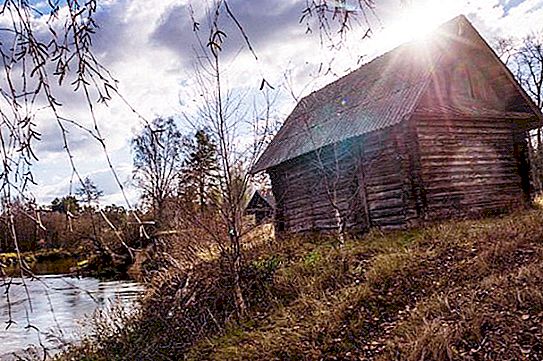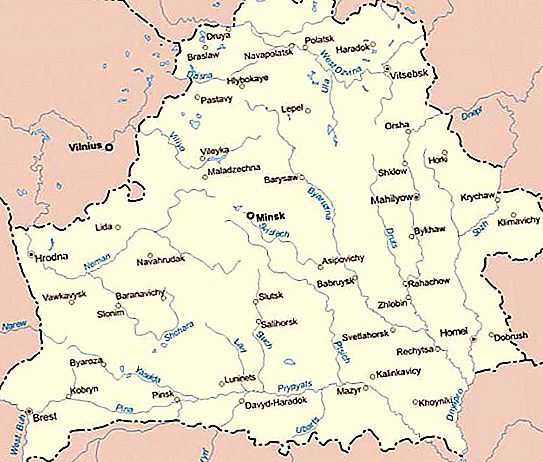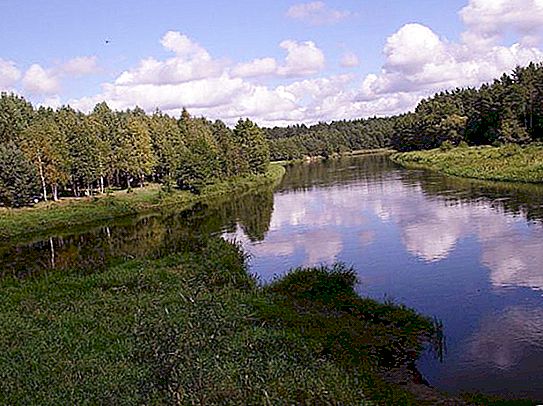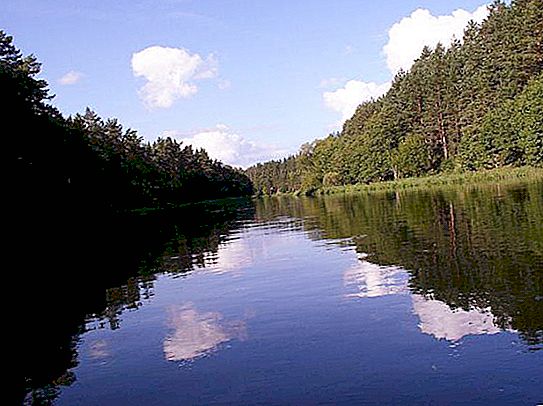For many, the Viliya river is known for its pilgrimage hiking along its banks along nearby churches, springs, healing and other holy places. There are numerous legends and interesting stories about these places: about the Tupalsky bridge, the “talking river”, the ancient mounds, the wooden church in oak grove, etc.
Viliya is a river stretching across the territories of Belarus and Lithuania, having the second (Lithuanian) name Nyaris. It is one of the most attractive and popular places for travelers. In general, Belarus is considered the land of numerous freshwater reservoirs, a paradise for lovers of eco-tourism.

These stunningly beautiful places, the river itself and its tributaries will be discussed a little later in this article. But first, we will make a brief overview of all the rivers of Belarus.
Rivers of Belarus
Not only Viliya is a river flowing through Belarus. They are surprisingly large in number. Below is a list.
- The Dnieper is one of the main European rivers (4th in length). It extends from Russia through Belarus and Ukraine to the Black Sea.
- The Western Dvina flows through Russia, Belarus and Latvia (flows into the Gulf of Riga), then flows to the Baltic Sea.
- The Neman, or Nemunas, is one of the main rivers of eastern Europe. It originates in Belarus, flows through Lithuania, then flows into the Curonian Lagoon, and then into the Baltic Sea.
- Pripyat flows through Ukraine, Belarus and returns to Ukraine again, but already flowing into the Dnieper.
- Sozh (a tributary of the Dnieper) flows through Belarus, Russia and along the border of Ukraine.
Rivers such as Berezina, Svisloch, and Western Bug also stretch across the country.
Geographical position of the river Viliya
The river flows through the north-eastern territory of the country. It is a right tributary of the river. Neman (Nemunas).

The total length is 510 km, with 228 km of them flowing through the territories of Lithuania. The total catchment volume is 24, 942.3 square meters. km (56% of them are in Lithuania). The river has many tributaries: Naroch, Stracha and Servach (right); Elijah, Oshmyanka and Usha (left).
The relief is peculiar. The total fall of the Viliya River within the country is approximately 110 meters. This exceeds these indicators of most waterways of Belarus. And the average slope of the water surface (0.3 ppm) is correspondingly significantly greater than that of other large rivers of this country. Therefore, Viliya is characterized by a fairly high flow rate almost throughout its length in Belarus.

The cities of Smarhoń and Vileika are located on the banks of Vilija. A little higher than the second is the Vileika reservoir, which supplies Minsk with water and provides a small pressure for the Vileika hydropower station. Almost the entire territory of the basin forms an interesting historical area.
Viliya River: Description
The water artery was supposedly named after the god of the pagan Veles. The riverbanks have been inhabited by people since ancient times. This is evidenced by the numerous finds of archaeologists.

Modern beaches are dotted with well-equipped beaches for vacationers. In addition to the flowing rivers, cascades of lakes, which are quite popular with fishing enthusiasts, adjoin Viliya. A variety of fish are found here: barbel, chub, raw. And in some places even settled down uncharacteristic for these places carp, trout, salmon and crucian carp.
The most important thing for outdoor enthusiasts is that Vilia is a river through which you can go boating and kayaking. It is very popular due to the well-known in the past century Water Route number 34.
The river sometimes becomes shallow, and it can be seen that its bottom is strewn with stones, in some places bulging to the surface.




